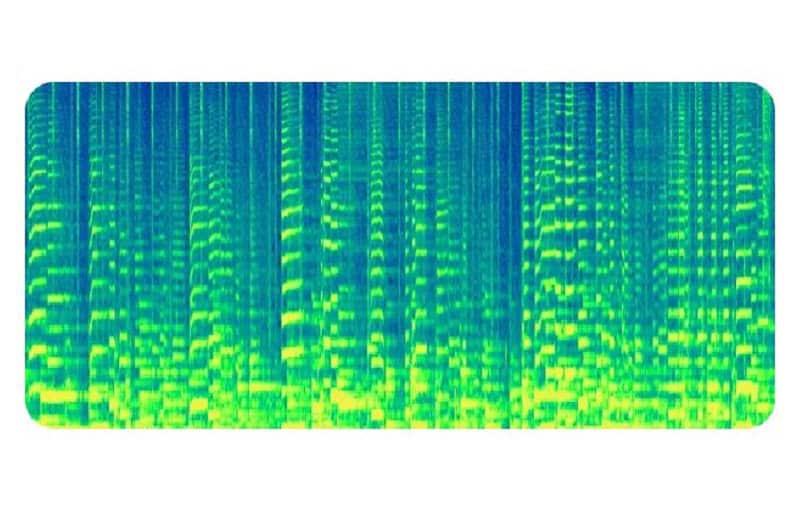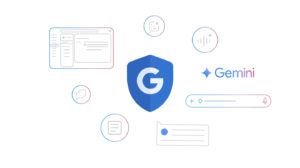Google DeepMind Releases SynthID, an Open-Source AI Watermarking Technology

Google DeepMind has announced that its AI watermarking technology, SynthID, is now open-source. This move enables users of various models, not just their own, to watermark and identify AI-generated content, promoting ethical use of Generative AI (GenAI).
For a while, Google DeepMind has focused on adding invisible or audible watermarks to text, audio, and images created by GenAI. The goal is to ensure that AI-generated content is used in a more aware, safer, and ethical manner.
Understanding SynthID Technology
SynthID, currently in its beta phase, offers developers a tool to discreetly watermark their AI-generated content. This watermark is not perceptible to human senses, but it can be detected using a specialized SynthID detector. The toolkit enhances the ability to create and identify AI watermarks, ensuring a dual-purpose functionality.
Essentially, SynthID incorporates the watermark by utilizing additional parameters during the generation of text, audio, or images. Developers can customize the watermark configuration so that it is subtly embedded in the content during its creation.
Recently, Google DeepMind released further insights about this technology in a research paper published in Nature.
Encouraging Ethical Use of GenAI
By making this technology readily available and not confined to its own Gemini LLMs, Google DeepMind aims to assist other developers in adopting similar watermarking practices. Companies can integrate this technology into their own Generative AI outputs, thereby promoting broader adoption.
However, there is a mutual benefit inherent in this approach. Google DeepMind is eager to learn from the feedback and experiences of developers and community members, aiming to refine and enhance the tool over time.
Limitations of SynthID
Experts at Google DeepMind caution that developers should not consider SynthID as a complete solution to all issues surrounding AI content identification. While the tool offers significant promise, there are inherent limitations that users should be aware of. Nonetheless, they believe it represents a critical advancement towards more robust AI detection methods, encouraging better awareness among users of AI-generated content.
Current updates to the Responsible Generative AI Toolkit have made SynthID open-source. The watermarking tool is also part of Vertex AI for Google’s image LLMs, Imagen 3 and Imagen 2, and is integrated into Google’s audio LLM, Lyria. For those interested in watermarking text, the tool is accessible via HuggingFace and GitHub.
Also read: Google showcases a new set of AI tools designed for creating advanced videos and images.






